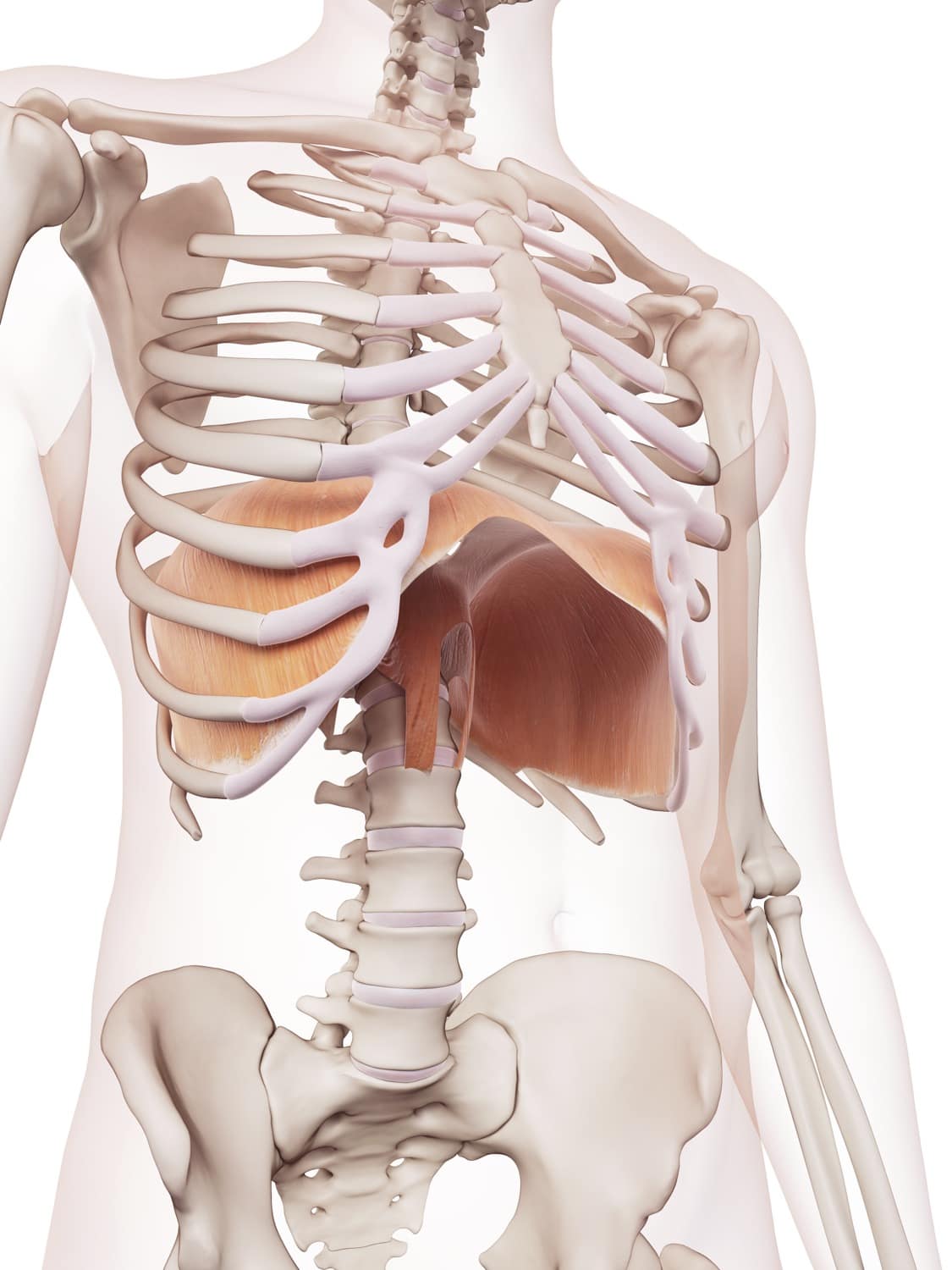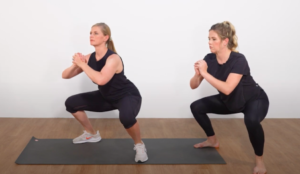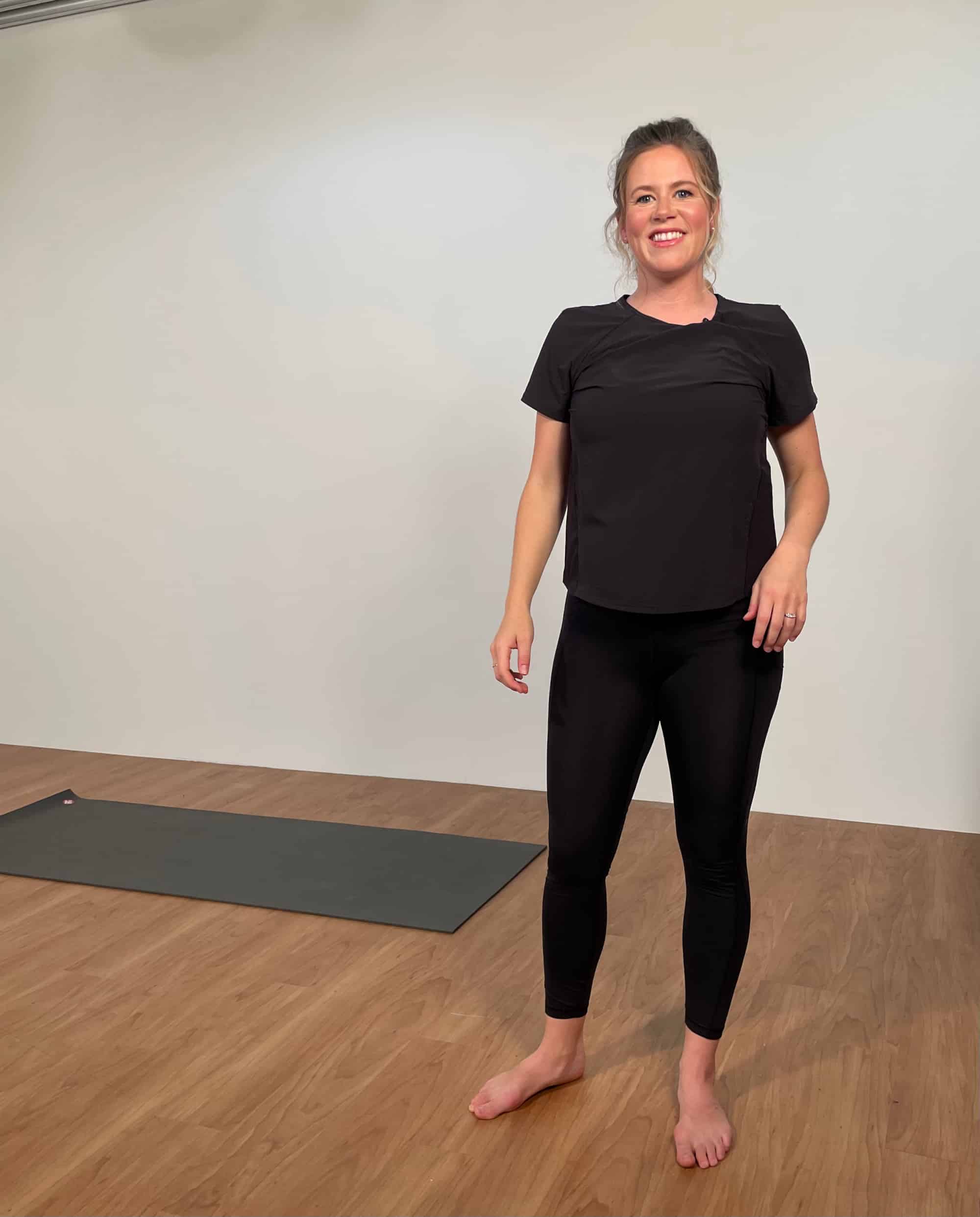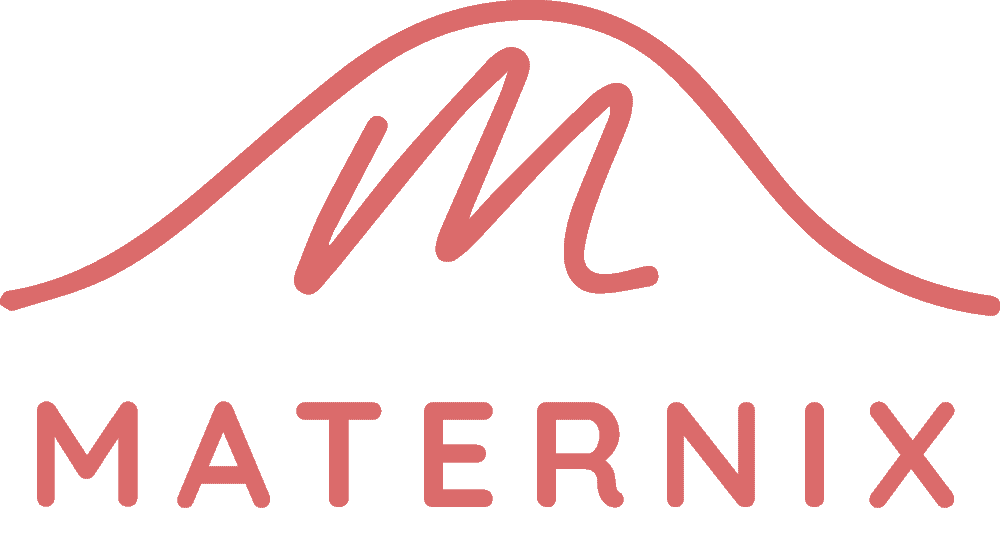The diaphragm is a muscle – a big muscle at that. Focusing on your breathing and doing breath work doesn’t just help to calm the nervous system, it helps to train the diaphragm. There are endless positive effects of maintaining a good breathing pattern and a having a strong and well functioning diaphragm – it would take me all day to list them all but some of them include:
- better rib mobility (reduced back pain)
- Better oxygenation (improved healing & recovery times)
- Calming the nervous system (reducing stress and all the effects of stress!)
- Less use of accessory muscles (neck muscles that can get tight with chest breathing)
- Improved abdominal use (rock hard abs!)
- I could go on… for a long time.
Those sound pretty good right?
But how can you practice breath work?
- practice full body relaxation – laying somewhere comfortable in a fully relaxed position, start by focusing on your feet and move your way up through the whole body and notice where you are holding tension – if you are tense in that body region, actively try to relax it. If you’re having a hard time relaxing it, tense it up really tight for 5 seconds and then try relaxing it again with a heavy exhale. Sometimes tensing something can help it to relax afterwards!
- Inhale through your nose slllooowwwlllyyyy – imagine like you are filling up a balloon up from the bottom of your abdomen. Once you have a decently slow and long inhale, purse your lips and exhale for as long as you can. You can use your abs at the end to push out the remaining air. (Take a second at the end of this to relax before starting the next inhale)
- Try to feel like you are filling air into your whole torso – don’t just belly breath (this is really hard so if you don’t get it at first keep trying!) we want to expand all the way around the trunk – not just through the belly.
- belly breathing only uses part of the diaphragm (like having only 1/3 of an umbrella open up instead of the whole thing). We want the whole umbrella to open up and expand – that’s gonna take movement into the front body, the side and the back body.
- Try this laying on your side with your head supported and your knees bent on your side – it’s a bit easier this way. Place your hand on your lower ribs and try to feel them lightly expand out sideways as you *slowly* inhale and then contract inwards again as you exhale.
- Try not to inhale into the chest too much. Inhaling slowly helps to prevent this. It’s ok to get some chest expansion but we are trying to retrain the diaphragm to move downwards on an inhale, not upwards, so picture like that umbrella is opening up upside down in your torso!
If you feel like you’ve nailed this and can feel that movement into the side body and like you’re able to breathe keeping your chest relaxed for the most part – try to transfer this skill into your day to day. This can be challenging and you may have to keep it in the back of your mind throughout the day… the whole day, for a while. But that’s what is necessary to help change a habit. Of course when you’re exercising and using more oxygen, you’ll likely start to use extra muscles of the chest and neck to breathe and to get bigger breaths in faster, but you can try to maintain a good diaphragmatic breathing pattern for as long as possible.
Don’t be fooled, breath work is hard work! Yes we breath subconsciously, but we can also develop poor habits – habits can be changed, but it takes practice and consistency! – if you can master some of these breathing techniques laying down, try to transfer those techniques to standing up, throughout your day, watching Tv etc. The more you practice this, the more habitual it will become = the more benefit it will give you!
I work on breath work with SO so so many of my patients… literally multiple people every day. It effects so much and I believe that it is integral not only to recovery but also to prevention of injury and painful conditions.
This information is relevant to everyone but is particularly relevant to postpartum mamas. Since baby was taking up real estate in the abdomen, there is generally less space for the internal structures to move like they used to and this includes the diaphragm. When the baby is there, it gets harder and harder to get a good 360 degree expansion of the diaphragm down into the abdomen. This is normal and totally fine for a short period of time while being pregnant! Issues may arise when the patterning of the diaphragm & breathing doesn’t get re-established postpartum and becomes the new “normal”. This just means it’s best to pay particular attention to it as you recover postpartum!
1st steps?
- Notice how you breath: do you hold your breath? Do you suck air into your chest so your neck muscles are tensing up? Do you have a chronically sore neck or tight shoulders? – might be that you have a shallow breathing pattern and this breath work would be helpful for you. ♀️
- Practice makes perfect – if you are finding connecting to your breath and using a diaphragmatic breathing pattern challenging, you’ll have to spend extra time and energy working on it.
- Really struggling to connect or feel it? Message or come see me or another physiotherapist in your area to address it! Sometimes things can be a lot easier when someone is helping with cueing. Preventative physio work is my favourite work!
Maternix programs covers breath work, mobility work and base strength throughout pregnancy and postpartum. All of these things help women to recover better and to just feel better over all!
Learn more at www.Maternix.ca and visit the subscription page to check out the pregnancy and postpartum courses!
#pregnant #postpartum #postpartumrecovery #phsyio #exercise #diaphragm #breath #breathe #breathingexercise #core #corestrength #wellness #womenshealth #maternix #online #education #evidencebased





 Tara is a Physiotherapist specializing in women’s health and pelvic floor rehab. She is passionate about helping women understand the changes their bodies go through during pregnancy and how they can rehabilitate more effectively postpartum.
Tara is a Physiotherapist specializing in women’s health and pelvic floor rehab. She is passionate about helping women understand the changes their bodies go through during pregnancy and how they can rehabilitate more effectively postpartum.